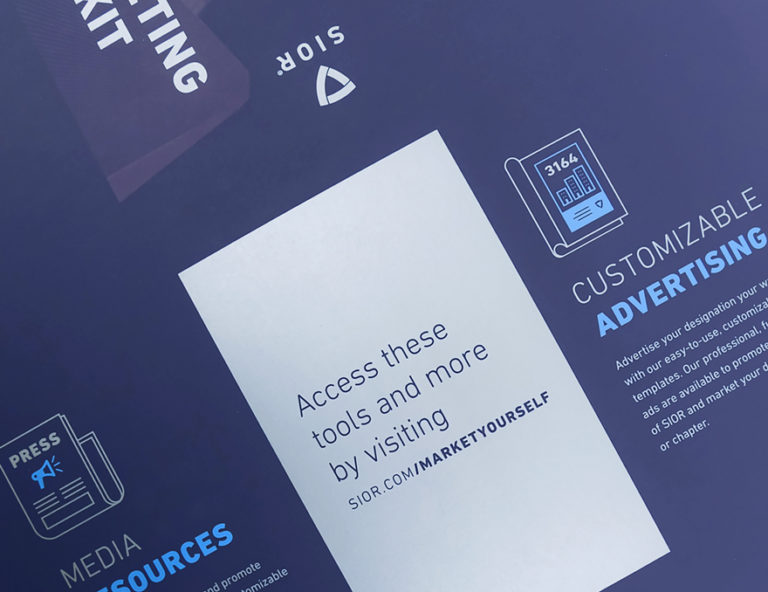The browser you are using is not supported. Please consider using a modern browser.
Tackling a Crisis Head-On: Developing a Crisis Comm Plan
Scorpion on a plane; political differences; bacteria in your burrito. These days, it seems companies and organizations are getting more media attention for crises than accomplishments. So when disaster strikes, whatever its cause, you have to be prepared to save the image of your company. How do you do this? With a crisis communications plan.
Now I know what you’re thinking: my company isn’t going to have anything bad happen to them; we haven’t before. Well, a crisis is a crisis because it causes panic. You can rarely predict when something bad is going to happen so it’s always better to be safe than sorry by having a detailed crisis comm plan in place. The plan will allow you to stay organized in the chaos and control your message to media, customers, partners and employees.
Are you ready to develop a crisis communications plan? Here are 7 steps to take:
- First, put someone in charge of developing, maintaining and writing the plan. Accountability will be key in making sure the plan is successfully developed and doesn’t fall by the wayside. This person can be an internal stakeholder (such as your chief marketing officer or marketing director) or your agency.
- Talk to key internal stakeholders and with your marketing agency about all of the possible crises that could attack: an email hack, an employee going rogue on social media, a product recall, etc.
- Work through each scenario and come up with individual plans catered to each crisis. Some key things to keep in mind: who is your first point of contact when this crisis hits? Will this person be the one to inform employees, your customer and the media? What will the messaging be?
- Develop a list of key spokespeople for different types of crises. Whether it is the CEO of the company or your PR representative, these people should be identified in advance and aware that they are responsible for handling media interviews should a relevant crisis arise. Make sure these people are fully media trained and ready to handle intense interviews when the time comes.
- Review the plan. Everyone needs to review this plan: your c-suite / executive team, your marketing agency and your lawyers. This will ensure that all aspects of the plan are thoroughly considered from each angle.
- PRACTICE EXECUTING THE PLAN. This is one of the most often overlooked steps. Companies may have a great plan in place, but if that plan sits in a folder collecting dust, it’s almost as bad as not having a plan at all … almost. Your employees and key stakeholders need to know the plan well and feel comfortable springing into action to execute it at the moment a crisis arrives. And they can only get to that point through practice. Run crisis drills every other month or every quarter in which your team members are given a faux crisis and have to effectively work through it. This will not only help your employees get more familiar with the plan, it will also show you how the plan can be adjusted and improved.
- Finally, and most importantly, you need to make sure this plan is always up to date. This is a living document that should never sit stagnant. If there is a new internal structure, program, service or product put in place, revisit your crisis communications plan to make sure that that new element is accounted for.
Want help creating your crisis communications plan? Contact us today!
Let's Do Something Great.
Get in Touch.



